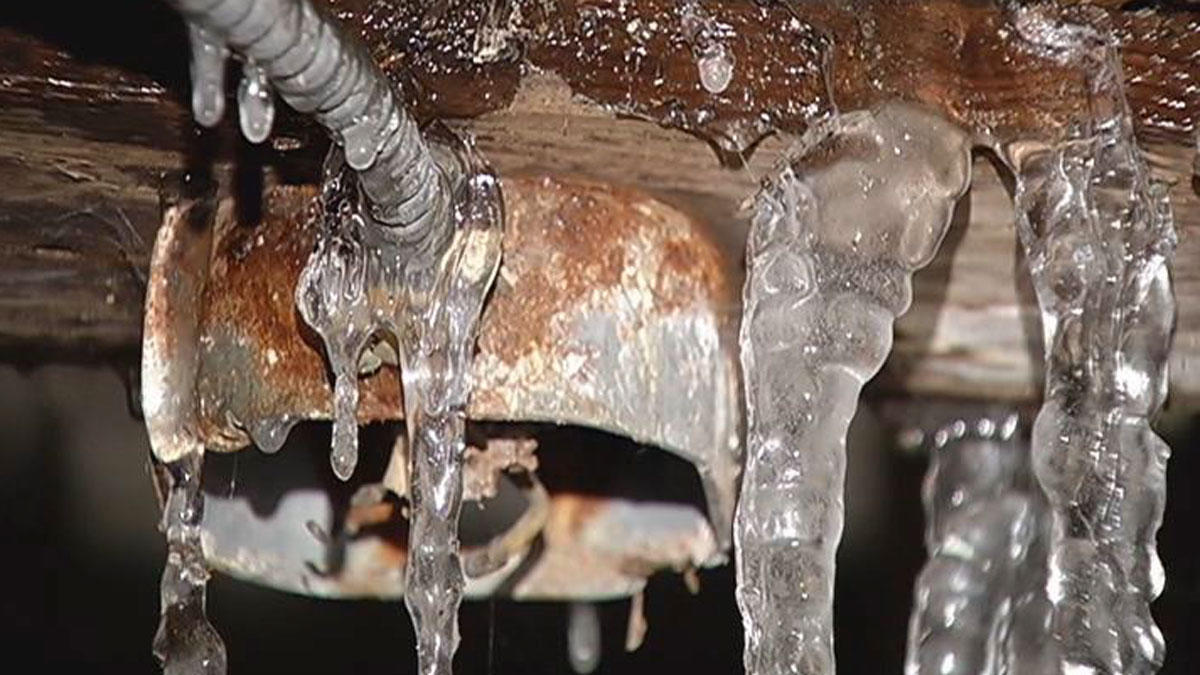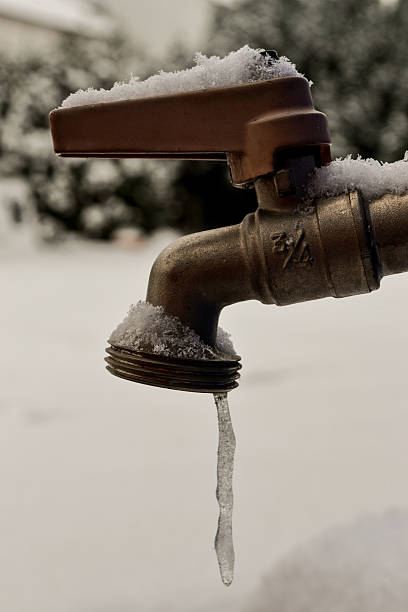Essential Strategies for Preventing Frozen Plumbing in Cold Weather
Essential Strategies for Preventing Frozen Plumbing in Cold Weather
Blog Article
This post directly below involving Prevent Frozen Pipes is without a doubt remarkable. Check it out yourself and decide what you think about it.

Cold weather can wreak havoc on your plumbing, particularly by freezing pipes. Here's how to prevent it from happening and what to do if it does.
Intro
As temperature levels drop, the risk of icy pipelines increases, possibly bring about pricey repair work and water damage. Recognizing exactly how to prevent icy pipes is critical for house owners in cold environments.
Understanding Icy Pipes
What triggers pipelines to freeze?
Pipelines freeze when subjected to temperatures below 32 ° F (0 ° C) for expanded periods. As water inside the pipelines ices up, it expands, taxing the pipeline walls and possibly creating them to rupture.
Dangers and problems
Icy pipes can lead to supply of water interruptions, property damage, and costly repair work. Ruptured pipes can flood homes and trigger comprehensive structural damage.
Indications of Frozen Water Lines
Identifying frozen pipes early can avoid them from breaking.
Just how to recognize icy pipelines
Try to find lowered water flow from taps, uncommon odors or noises from pipes, and noticeable frost on revealed pipelines.
Prevention Tips
Insulating susceptible pipelines
Wrap pipelines in insulation sleeves or make use of warm tape to secure them from freezing temperatures. Concentrate on pipelines in unheated or outside areas of the home.
Home heating methods
Maintain indoor rooms effectively heated up, specifically locations with plumbing. Open cupboard doors to allow cozy air to flow around pipelines under sinks.
Shielding Exterior Plumbing
Yard tubes and outside faucets
Separate and drain garden pipes before winter season. Mount frost-proof faucets or cover outside faucets with insulated caps.
What to Do If Your Pipelines Freeze
Immediate actions to take
If you presume icy pipes, keep taps open to ease pressure as the ice thaws. Use a hairdryer or towels taken in hot water to thaw pipes slowly.
Long-Term Solutions
Structural adjustments
Consider rerouting pipes far from outside wall surfaces or unheated locations. Include added insulation to attics, basements, and crawl spaces.
Updating insulation
Invest in top quality insulation for pipelines, attics, and walls. Proper insulation aids keep regular temperature levels and lowers the threat of icy pipelines.
Conclusion
Stopping icy pipelines needs proactive actions and fast reactions. By comprehending the causes, indications, and preventive measures, home owners can shield their plumbing during cold weather.
5 Ways to Prevent Frozen Pipes
Drain Outdoor Faucets and Disconnect Hoses
First, close the shut-off valve that controls the flow of water in the pipe to your outdoor faucet. Then, head outside to disconnect and drain your hose and open the outdoor faucet to allow the water to completely drain out of the line. Turn off the faucet when done. Finally, head back to the shut-off valve and drain the remaining water inside the pipe into a bucket or container. Additionally, if you have a home irrigation system, you should consider hiring an expert to clear the system of water each year.
Insulate Pipes
One of the best and most cost-effective methods for preventing frozen water pipes is to wrap your pipes with insulation. This is especially important for areas in your home that aren’t exposed to heat, such as an attic. We suggest using foam sleeves, which can typically be found at your local hardware store.
Keep Heat Running at 65
Your pipes are located inside your walls, and the temperature there is much colder than the rest of the house. To prevent your pipes from freezing, The Insurance Information Institute suggests that you keep your home heated to at least 65 degrees, even when traveling. You may want to invest in smart devices that can keep an eye on the temperature in your home while you’re away.
Leave Water Dripping
Moving water — even a small trickle — can prevent ice from forming inside your pipes. When freezing temps are imminent, start a drip of water from all faucets that serve exposed pipes. Leaving a few faucets running will also help relieve pressure inside the pipes and help prevent a rupture if the water inside freezes.
Open Cupboard Doors
Warm your kitchen and bathroom pipes by opening cupboards and vanities. You should also leave your interior doors ajar to help warm air circulate evenly throughout your home.

I am very curious about 6 Ways to Prevent Frozen Pipes and I am assuming you enjoyed the blog posting. Those who appreciated our blog post kindly be sure to share it. Thanks so much for taking the time to read it.
Need Help? Hire Us Now! Report this page